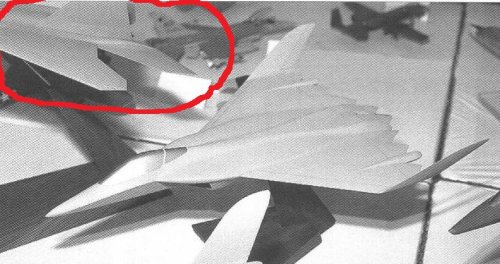You are using an out of date browser. It may not display this or other websites correctly.
You should upgrade or use an alternative browser.
You should upgrade or use an alternative browser.
McDonnell-Douglas ATS, pre-ATF and ATF studies
sferrin said:I read a quote once from an air force type in the decision making process regarding the initial 7 companies' entries (Lockheed, Northrop, General Dynamics, Boeing, McDonnell Douglas, Rockwell, and Grumman). He said "we had two really good designs, a couple decent designs, and the rest just didn't get it." (Not his exact words but close.)
As reported by Bill Sweetman, the quote comes from Col. Albert Piccirillo, the ATF program system officer: "We had two excellent designs and three good designs, and two where the designers hadn't quite got the idea."
The MDD design did, indeed, make use of some faceting, but this apparently wasn't just for stealth. MDD suggested that the flat body panels, made of composite materials, would be simpler -- and, therefore, less expensive -- to manufacture. If this design feature concerned the Air Force, I've never read a report of it.
Instead, according to Sweetman, Piccirillo criticized the proposal for being overweight. MDD insisted that the ATF requirements couldn't be met within the original weight limit. And, ironically, MDD was right.
Here's a closer look at the facets:
Attachments
lantinian
ACCESS: Top Secret
- Joined
- 24 March 2007
- Messages
- 539
- Reaction score
- 174
MDD was the most experience heavy fighter manufacturer at the time. I read somewhere that their design was around 60,00.It was said that the proposal was one of the heavier designs AND not promising performances. So it's not just heavy.
At the time the required combat take of weight (8 AAMs + full fuel) was 50,000lb. In the Dem/Val phase however the requirement was relaxed to 60,000.
Today an F-22 with full weapons and half fuel weights around 65,000lb. So who's design was actually overweight anyway?
If I had to make an assumption about them, it would be that they were the only one stating realistic values for their ATF.
lantinian said:I read somewhere that their design was around 60,00 . . . If I had to make an assumption about them, it would be that they were the only one stating realistic values for their ATF.It was said that the proposal was one of the heavier designs AND not promising performances. So it's not just heavy.
Exactly.
donnage99
ACCESS: Top Secret
- Joined
- 16 June 2008
- Messages
- 1,355
- Reaction score
- 864
And nobody argued with that. I'm saying that it was said that it ALSO did not have promising performance, as far as they said.lantinian said:MDD was the most experience heavy fighter manufacturer at the time. I read somewhere that their design was around 60,00.It was said that the proposal was one of the heavier designs AND not promising performances. So it's not just heavy.
At the time the required combat take of weight (8 AAMs + full fuel) was 50,000lb. In the Dem/Val phase however the requirement was relaxed to 60,000.
Today an F-22 with full weapons and half fuel weights around 65,000lb. So who's design was actually overweight anyway?
If I had to make an assumption about them, it would be that they were the only one stating realistic values for their ATF.
donnage99 said:It was said that the proposal was one of the heavier designs AND not promising performances. So it's not just heavy.
It doesn't look to be any heavier than either the YF-22 or the YF-23. In fact the YF-23 was/is much heavier than thos McD design appears. I remember back in the early 90's that the McD wasn't selected because they didn't have any expertise in low observables and in fact they even hired away a Lockheed engineer to assist them in LO. Its a shame the Pentagon did not select this plane instead of the YF-23 for the flyoff competition (with a modified air intake geometry).
donnage99 said:it's said that the proposal was too conservative for air force, can anyone elaborate on this? I only read somewhere that it didn't emphasize on stealth as much as Air Force wanted, but that's all that I know.
Too conservative? What in the hell would the USAF call the YF-22? Oh and then they cited one of the reasons for not awarding the Northrop the contract because their design was too radical.
sferrin said:I read a quote once from an air force type in the decision making process regarding the initial 7 companies' entries (Lockheed, Northrop, General Dynamics, Boeing, McDonnell Douglas, Rockwell, and Grumman). He said "we had two really good designs, a couple decent designs, and the rest just didn't get it." (Not his exact words but close.) Lockheed and Northrop of course had their years of stealth experience, General Dynamics (Convair) had stuff going back to the days of Fish/Kingfish and the AGM-129 experience (that's all I know about anyway), not sure where Boeing got it's expertise and then supposedly McDD raided Lockheed for employees. Leaving Rockwell with it's B-1B experience in RCS reduction and Grumman with?
Rockwell is one of the companies that, 'Just didn't get it.' Along with the lacklust General Dynamice design with ONE straight up verticle tail.... What in the hell was wrong with them? What were they smoking?
donnage99
ACCESS: Top Secret
- Joined
- 16 June 2008
- Messages
- 1,355
- Reaction score
- 864
The yf-22 was conservative because it LOOKS conservative? And the yf-23 was radical because it LOOKs out of this world? I'm sorry, but this is just an extremely oversimplification take on the matter, here.tacitblue said:Too conservative? What in the hell would the USAF call the YF-22? Oh and then they cited one of the reasons for not awarding the Northrop the contract because their design was too radical.
And based on what you think that they yf-23 was heavier than MDD proposal? LOOK again? And why is that a shame that it wasn't chosen over yf-23 proposal. It's still a debate whether which PROTOTYPE of the ATF was the better one, but Northrop PROPOSAL was hands down the best one, since it required little change from the original proposal to the prototype, and still met all requirements while excelled in some. Lockheed proposal was in fact un-flyable and had to be reconfigured.tacitblue said:It doesn't look to be any heavier than either the YF-22 or the YF-23. In fact the YF-23 was/is much heavier than thos McD design appears. I remember back in the early 90's that the McD wasn't selected because they didn't have any expertise in low observables and in fact they even hired away a Lockheed engineer to assist them in LO. Its a shame the Pentagon did not select this plane instead of the YF-23 for the flyoff competition (with a modified air intake geometry).
No, General Dynamics were placed third behind the chosen Lockheed and Northrop, so their design fit in the "decently good" group. The other one that didn't get it was referred to Grumman. And no, they weren't smoking anything. They did try various configuration with their design's tails, but they all proved too unstable, so finally they HAD to settle with a single large vertical tail. And this was their downfall, since according to them later on, they said that they were too focused on configuration design aspect to make an flyable airplane instead of on the details to just get down all the requirements like the Lockheed one.tacitblue said:Rockwell is one of the companies that, 'Just didn't get it.' Along with the lacklust General Dynamice design with ONE straight up verticle tail.... What in the hell was wrong with them? What were they smoking?
- Joined
- 3 June 2011
- Messages
- 18,333
- Reaction score
- 12,221
tacitblue said:sferrin said:I read a quote once from an air force type in the decision making process regarding the initial 7 companies' entries (Lockheed, Northrop, General Dynamics, Boeing, McDonnell Douglas, Rockwell, and Grumman). He said "we had two really good designs, a couple decent designs, and the rest just didn't get it." (Not his exact words but close.) Lockheed and Northrop of course had their years of stealth experience, General Dynamics (Convair) had stuff going back to the days of Fish/Kingfish and the AGM-129 experience (that's all I know about anyway), not sure where Boeing got it's expertise and then supposedly McDD raided Lockheed for employees. Leaving Rockwell with it's B-1B experience in RCS reduction and Grumman with?
Rockwell is one of the companies that, 'Just didn't get it.' Along with the lacklust General Dynamice design with ONE straight up verticle tail.... What in the hell was wrong with them? What were they smoking?
GD's was #3.
donnage99
ACCESS: Top Secret
- Joined
- 16 June 2008
- Messages
- 1,355
- Reaction score
- 864
Did you draw the side-view of the plane, Overscan? 'cause to my knowledge, there's only one available pic of this MDD proposal ???overscan said:McDonnell-Douglas ATF submission.
Attachments
- Joined
- 22 January 2006
- Messages
- 4,213
- Reaction score
- 2,010
Did you draw the side-view of the plane, Overscan?
The drawing is mine. Please don't take it seriously, it's only an informal sketch and I'm not a professional artist. It was a personal exercice to see how the aircraft could look.
cheers
Antonio
donnage99
ACCESS: Top Secret
- Joined
- 16 June 2008
- Messages
- 1,355
- Reaction score
- 864
oh, then thanks alot for the contribution!pometablava said:Did you draw the side-view of the plane, Overscan?
The drawing is mine. Please don't take it seriously, it's only an informal sketch and I'm not a professional artist. It was a personal exercice to see how the aircraft could look.
cheers
Antonio
- Joined
- 1 April 2006
- Messages
- 11,378
- Reaction score
- 10,223
The St. Louis ATF effort was led by a conservative retired USAF fighter general who had rejected a stealth-driven approach in favour of what programme officials called a "super F-15." McDonnell Douglas placed fifth, behind Boeing.
Sweetman, Bill
Interavia Business & Technology
Friday, November 1 2002
Sweetman, Bill
Interavia Business & Technology
Friday, November 1 2002
- Joined
- 13 June 2007
- Messages
- 2,173
- Reaction score
- 3,089
Greetings All -
Some McAir advanced concepts artwork I scanned that appears to fit in with the pre-ATF or ATS designs. Please correct me if you see a better fit elsewhere.
Enjoy the Day! Mark
Some McAir advanced concepts artwork I scanned that appears to fit in with the pre-ATF or ATS designs. Please correct me if you see a better fit elsewhere.
Enjoy the Day! Mark
Attachments
- Joined
- 27 December 2005
- Messages
- 17,749
- Reaction score
- 26,394
- Joined
- 27 December 2005
- Messages
- 17,749
- Reaction score
- 26,394
Thanks Mark! The first two designs are Model 269-F2 and Model 269-E (E2?), a fairly serious study for a supersonic cruise fighter with a primary ground attack and recce role but secondary air superiority, deep strike and strategic capabilities. Gross weight at takeoff over 40,000lb.
The third design is clearly descended from the Model 263 VFAX.
The third design is clearly descended from the Model 263 VFAX.
- Joined
- 27 December 2005
- Messages
- 17,749
- Reaction score
- 26,394
- Joined
- 13 June 2007
- Messages
- 2,173
- Reaction score
- 3,089
Thanks Overscan for sorting out the artwork to the appropriate threads. Thanks too for the specifics - will help me when I go talking to some retired McAir engineers and managers.
Enjoy the Day! Mark
Enjoy the Day! Mark
- Joined
- 27 December 2005
- Messages
- 17,749
- Reaction score
- 26,394
- Joined
- 27 December 2005
- Messages
- 17,749
- Reaction score
- 26,394
- Joined
- 27 December 2005
- Messages
- 17,749
- Reaction score
- 26,394
- Joined
- 27 December 2005
- Messages
- 17,749
- Reaction score
- 26,394
Pyrrhic victory
This is going to hurt
- Joined
- 31 January 2008
- Messages
- 75
- Reaction score
- 83
overscan said:McDonnell Douglas ATF Air-to-Surface concept formulation study, 1982. Some elements common to their final ATF design can be seen.
Suprised to see Dual Tex on an aircraft, guess it was really all the rage during early 1980s.
Attachments
overscan said:McDonnell Douglas ATF Air-to-Surface concept formulation study, 1982. Some elements common to their final ATF design can be seen.
Is this the same design, labeled here as "17" and "18?"
Attachments
- Joined
- 27 December 2005
- Messages
- 17,749
- Reaction score
- 26,394
Yes, the same design.
- Joined
- 18 March 2008
- Messages
- 3,529
- Reaction score
- 978
overscan said:McDonnell Douglas ATF Air-to-Surface concept formulation study, 1982. Some elements common to their final ATF design can be seen.
Interesting concept in bomblet dispenser in the bottom picture. Kind of a bomb bay version of MW-1/JP233.
- Joined
- 3 June 2006
- Messages
- 3,094
- Reaction score
- 3,957
pre-ATF & ATF studies @ militaryphotos.net.
These b/w pictures of pre-ATF and ATF studies are from Jay Miller's Aerofax on the F-22.
Due to copyright and forum rules, I won't post them as an an attachment or a an image link in this forum.
Our mod Overscan approved this procedure.
These b/w pictures of pre-ATF and ATF studies are from Jay Miller's Aerofax on the F-22.
Due to copyright and forum rules, I won't post them as an an attachment or a an image link in this forum.
Our mod Overscan approved this procedure.
fightingirish said:
In the last photo of post No. 110, is that the McDonnell-Douglas proposal in the background? It looks like it, judging from the shape of the wing and what we can see of the tail. If so, does the book include any clear photos or drawings of the McDonnell design, other than what we've already seen here? It might be worth tracking down that book . . .
- Joined
- 27 December 2005
- Messages
- 17,749
- Reaction score
- 26,394
No, it isn't, AFAIK.
When I asked Jay Miller about these photos before, he said:
The models appear to be mainly General Dynamics models (now Lockheed Fort Worth).
When I asked Jay Miller about these photos before, he said:
The event was an employee open house at Lockheed Martin. I was invited by the p.r. folks because we're simply old friends and they knew there would be some items on public display that I would find of interest (such as the models). Photographed them all, though it would not be easy for me to lay my hands on the negatives if someone asked me to do so.
The models appear to be mainly General Dynamics models (now Lockheed Fort Worth).
donnage99
ACCESS: Top Secret
- Joined
- 16 June 2008
- Messages
- 1,355
- Reaction score
- 864
But did Jay Miller also take the picture of the particular aircraft in question?overscan said:No, it isn't, AFAIK.
When I asked Jay Miller about these photos before, he said:
- Joined
- 27 December 2005
- Messages
- 17,749
- Reaction score
- 26,394
Yes, assuming I understand which picture you mean correctly.
donnage99
ACCESS: Top Secret
- Joined
- 16 June 2008
- Messages
- 1,355
- Reaction score
- 864
One in the red circleoverscan said:Yes, assuming I understand which picture you mean correctly.
Attachments
- Joined
- 27 December 2005
- Messages
- 17,749
- Reaction score
- 26,394
Yes, that is from the Lockheed event photographed by Jay Miller himself.
overscan said:Yes, that is from the Lockheed event photographed by Jay Miller himself.
I think Donnage is trying to ask if there's a clear photo of the plane circled in red . . . I would like to know too. This being from a Lockheed event, I doubt it's the McDonnell design, but from the wing shape and tail, I can't match it to any of the G-D designs either.
To change subject a little, it's frustraing and odd that we have better images of McDonnell's pre-ATF work than the company's ATF proposal itself. But such is the world of "secret projects," I suppose.
- Joined
- 27 December 2005
- Messages
- 17,749
- Reaction score
- 26,394
Jay took photos of every model, but he doesn't have easy access to the negatives. The book doesn't have a photo of the design.
- Joined
- 3 June 2011
- Messages
- 18,333
- Reaction score
- 12,221
overscan said:Jay took photos of every model, but he doesn't have easy access to the negatives. The book doesn't have a photo of the design.
I wonder if Scott happened to get any of the ATF stuff in his haul when he visited Jaay Miller's archive. ???
Similar threads
-
Boeing Fighter Studies, 1970s to ATF
- Started by flateric
- Replies: 134
-
-
-
ASD Preliminary Designs in Splendid Vision, Unswerving Purpose
- Started by XP67_Moonbat
- Replies: 16
-
McDonnell-Douglas F-15 Projects
- Started by overscan (PaulMM)
- Replies: 244

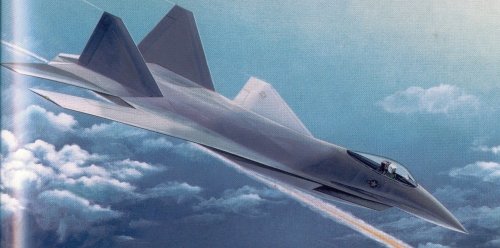


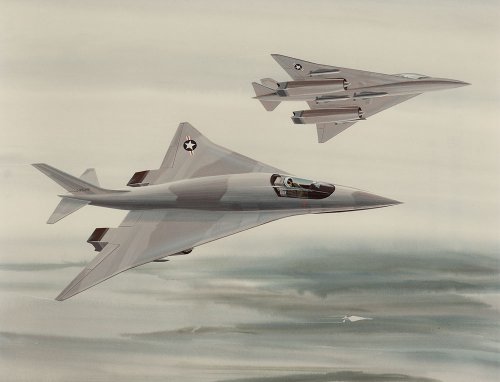
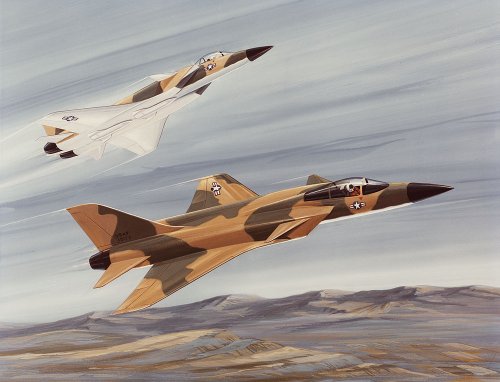
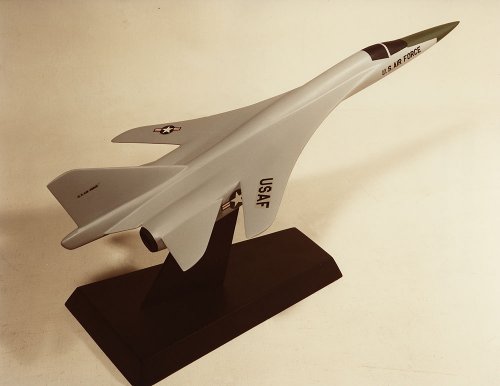
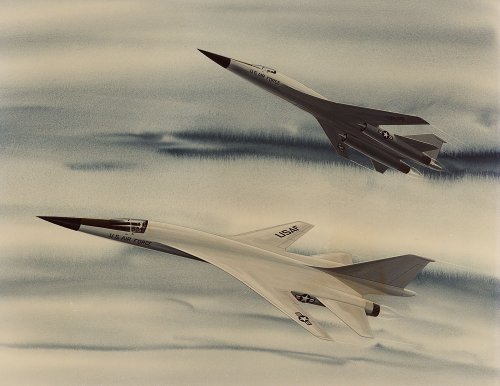
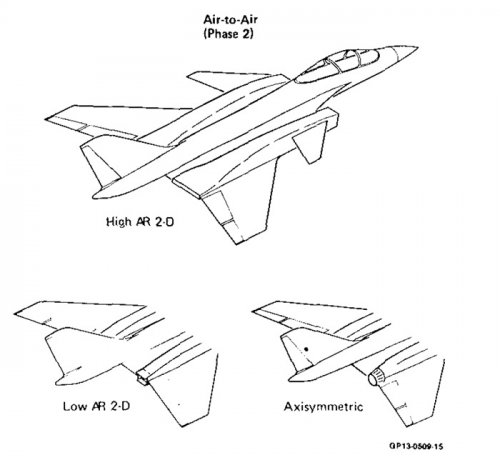
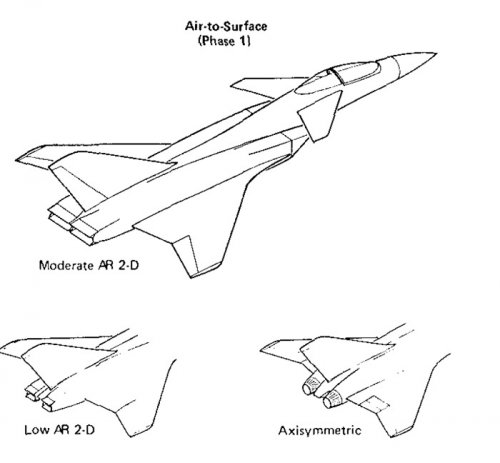
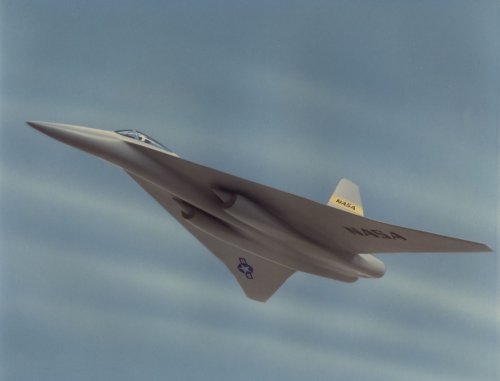
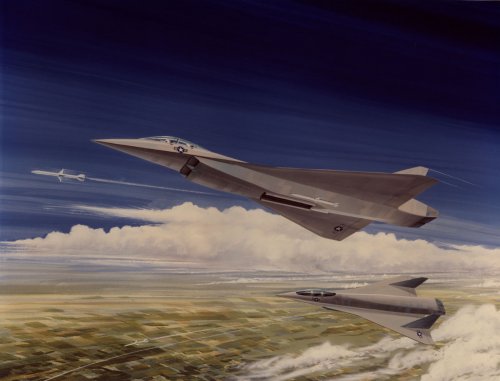
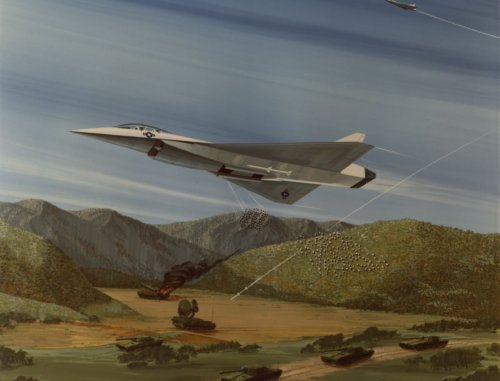
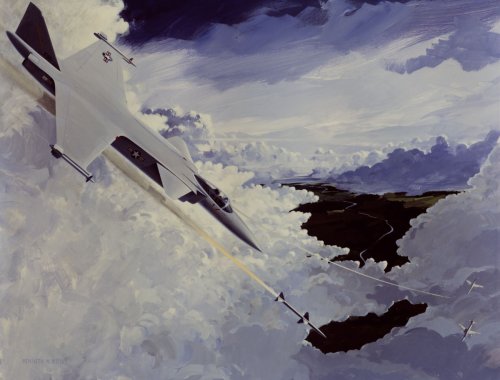
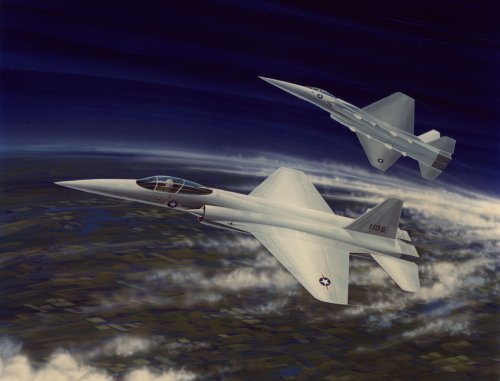
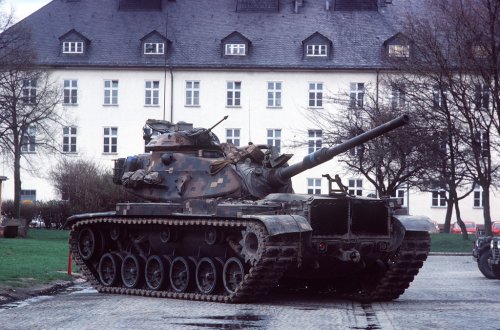
![1982rfi[1] (2).jpg](/data/attachments/30/30919-dd1ae92f7e9ad093db5c64f691327a17.jpg)
